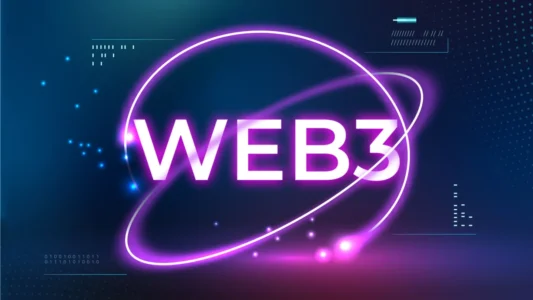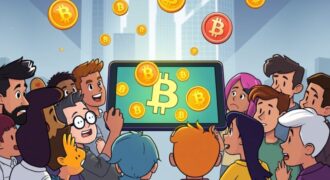The rise of Web3 is revolutionizing content creation and online communities, shifting power from centralized platforms to users and creators. Unlike traditional Web2 models, where large corporations control content distribution and monetization, Web3 enables a decentralized, user-owned internet. Through blockchain technology, smart contracts, and tokenized incentives, Web3 is reshaping how content is created, shared, and monetized.
How Web3 is Transforming Content Creation
1. Decentralized Platforms: Freedom from Centralized Control
Web2 content creators rely on platforms like YouTube, Instagram, and Twitter, where algorithms and policies dictate visibility and monetization. Web3 disrupts this by offering decentralized content platforms, such as:
- Mirror.xyz – A blockchain-based publishing platform where writers retain ownership of their content and earn through tokenized rewards.
- Lens Protocol – A decentralized social media network that enables creators to own their audience and content.
- Audius – A blockchain-powered music streaming service that allows artists to earn directly from fans without intermediaries.
By removing centralized gatekeepers, these platforms offer greater creative freedom, censorship resistance, and direct monetization opportunities.
2. Tokenized Economies: Direct Monetization & Community Rewards
Web3 introduces new monetization models that benefit both creators and their communities. Tokenization allows creators to issue their own tokens, NFTs, or DAOs to engage with their audience and generate income.
- Social Tokens: Content creators can launch their own tokens (e.g., $RAC, $WHALE) to offer exclusive content, memberships, or rewards.
- NFTs: Artists, musicians, and writers can tokenize their work as NFTs, providing proof of ownership and earning royalties from secondary sales.
- Play-to-Earn & Create-to-Earn Models: Platforms like Rally and BitClout enable users to support creators financially in exchange for exclusive perks.
This direct-to-audience monetization removes the need for ad-driven revenue models, empowering creators to retain ownership and earn fairly.
The Rise of Web3 Communities
Online communities thrive on engagement, shared interests, and incentives. Web3 amplifies this by offering transparent, decentralized governance and ownership.
1. DAOs: Community-Driven Decision Making
Decentralized Autonomous Organizations (DAOs) enable communities to collectively own and govern platforms. Instead of corporate decision-makers, DAOs allow token holders to vote on key initiatives, such as platform development, revenue distribution, or content moderation.
- Friends with Benefits (FWB) – A token-gated creative community where members collaborate and shape the community’s future.
- Bankless DAO – A decentralized media organization focused on Web3 education and content creation.
By leveraging DAOs, online communities become more participatory, equitable, and aligned with users’ interests.
2. On-Chain Reputation & Identity
Traditional social media platforms use centralized identity systems where users don’t truly own their profiles or follower base. Web3 introduces self-sovereign identity, where users control their online presence and build an on-chain reputation.
- ENS (Ethereum Name Service): Allows users to create decentralized, blockchain-based usernames.
- POAPs (Proof of Attendance Protocol): Reward users for participation in online or real-world events, enhancing reputation.
These decentralized identity systems enable creators and community members to maintain credibility and ownership across multiple platforms.
Challenges & the Road Ahead
While Web3 offers unprecedented opportunities for content creators and online communities, challenges remain:
- Usability & Adoption: Many Web3 platforms require technical knowledge, which can limit mainstream adoption.
- Scalability Issues: Blockchains like Ethereum face high transaction fees, though solutions like Layer 2 networks (Polygon, Arbitrum) are emerging.
- Regulatory Uncertainty: Governments are still developing policies around tokenized economies and decentralized governance.
Conclusion: A New Era for Digital Creators
Web3 is empowering content creators and online communities like never before. By decentralizing ownership, enabling direct monetization, and fostering transparent governance, it is shaping a more user-centric internet. As technology evolves, the impact of Web3 on digital creativity and community-building will only grow, paving the way for a more equitable, open, and decentralized digital economy.










